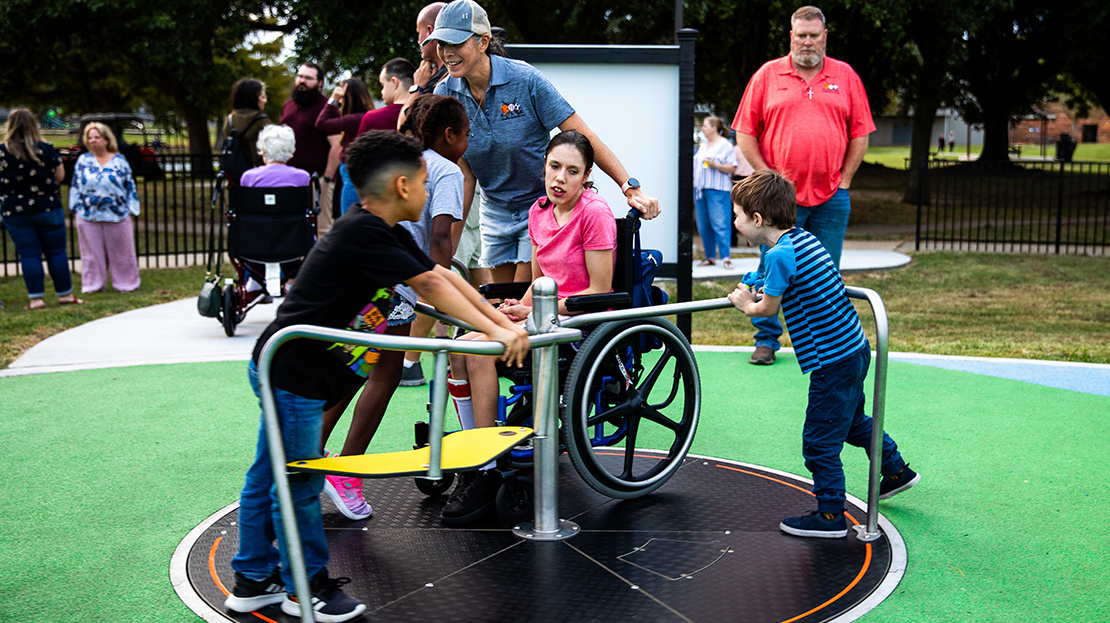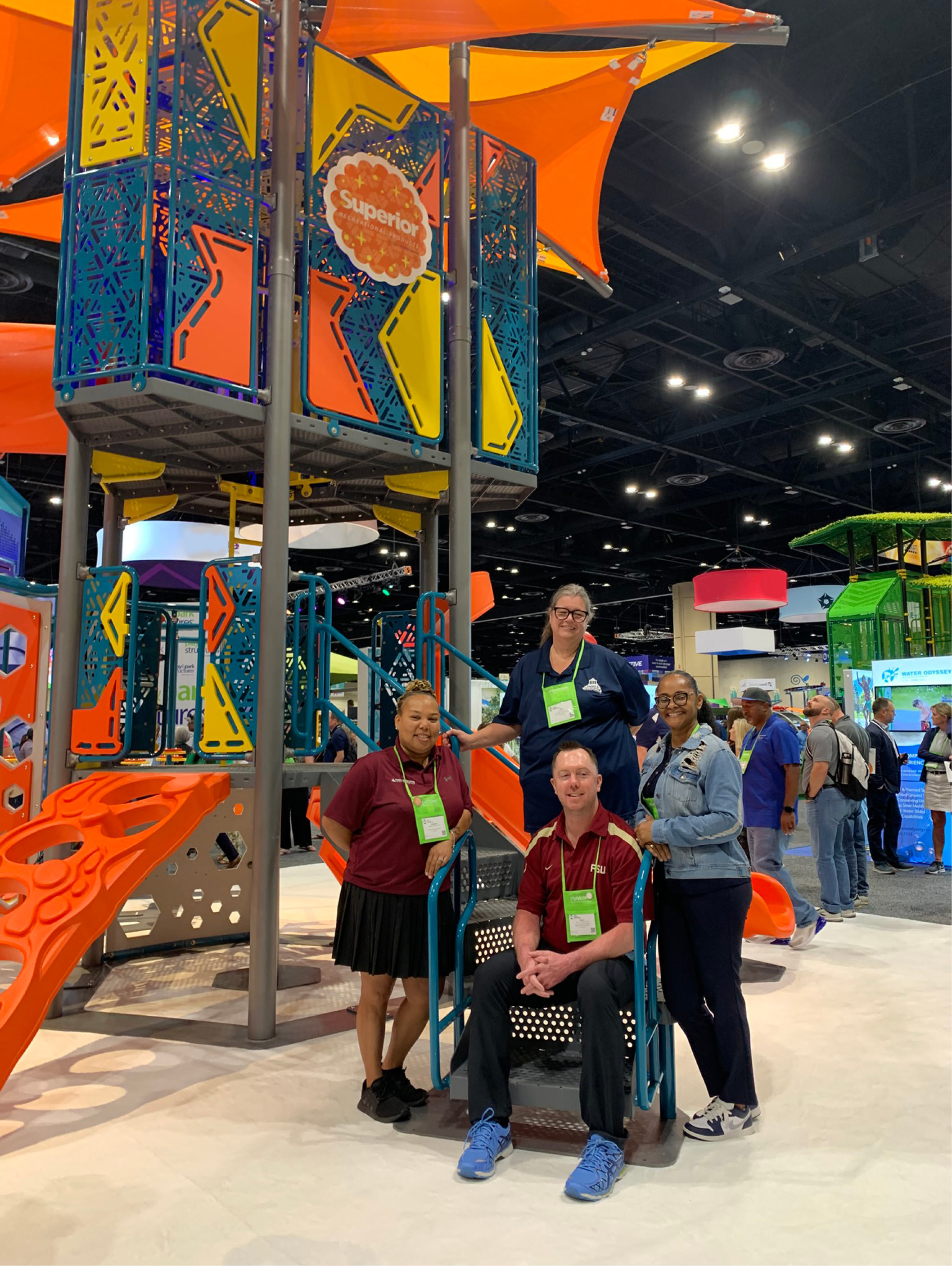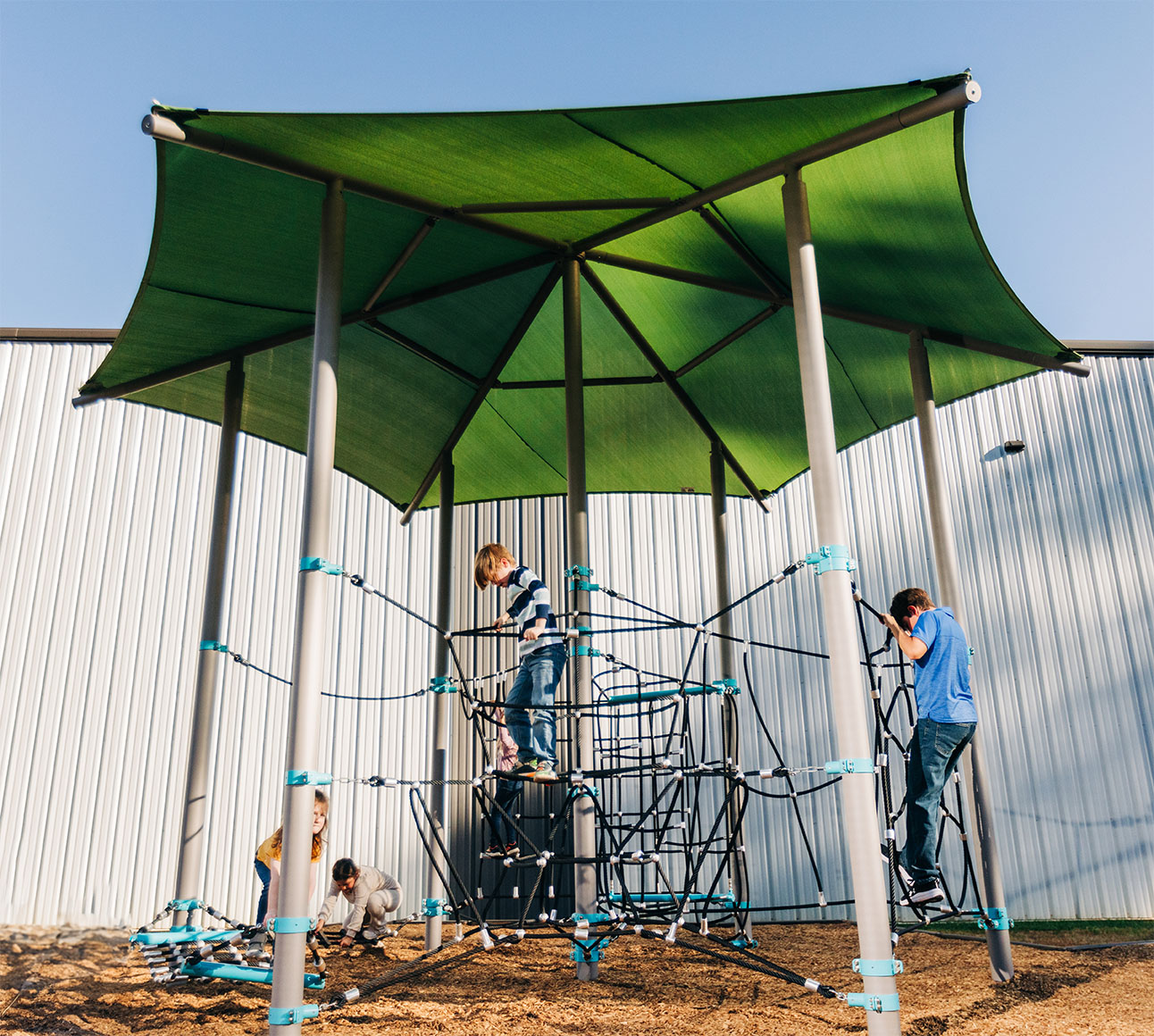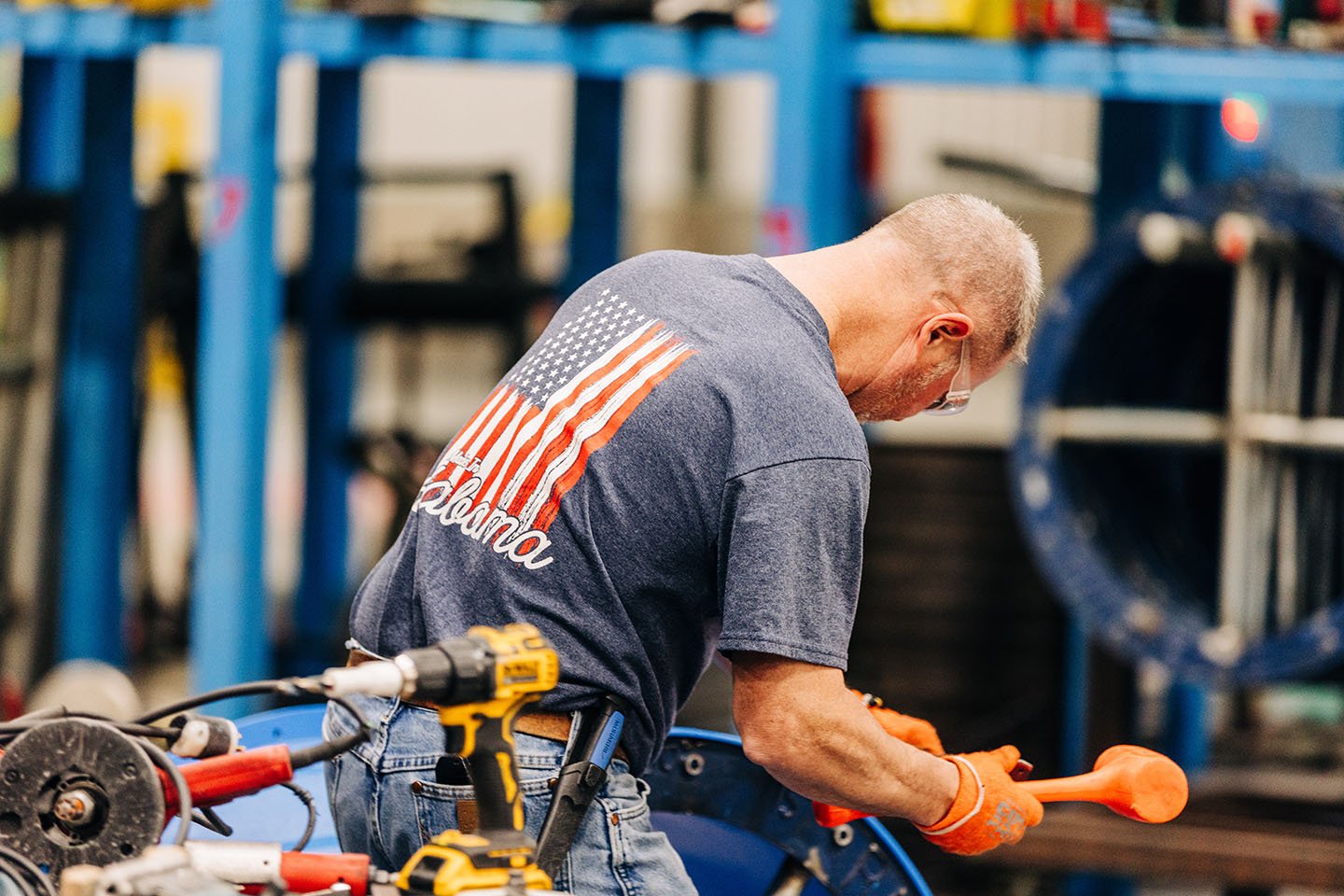Providing inclusive play opportunities for a community is essential to ensure that every child, of every ability and background, can experience the joys of play and social interaction. Inclusive playgrounds promote empathy, break down barriers, and foster a sense of belonging among children of diverse abilities. Here are ways to design playgrounds that are more inclusive.

1. Provide access points.
Provide multiple opportunities for individuals to independently access play and engage in intuitive play patterns. This can be accomplished by including a variety of ramps, transfer stations, and climbers.
2. Integrate play opportunities for all.
Include play events that children of all abilities can access throughout the play environment to encourage inclusion among all children. For instance, choose a play structure with Half Activity Panels on ground level or even integrated into the ramp. You can also include musical play instruments. From panels to instruments, they’re accessible to children and adults of all abilities.
3. Include a variety of play activities.
Offer a balance of play activities that support the physical, social-emotional, sensory, cognitive, and communicative needs of all children.
- Physical or motion and movement play strengthens growing muscles and develops gross motor skills.
- Social-emotional play allows children to develop communication skills, sharing, and creativity.
- Sensory play stimulates the senses including touch, sight, and hearing and allows children to develop cognitive, language, and motor skills.

4. Keep mobility devices in mind when choosing surfacing and creating pathways.
When choosing safety surfacing for your playground, a unitary option like poured in place or bonded rubber is the most accommodating for people with mobility devices. Also ensure the routes around the play environment are accessible and allow for independent exploration.

5. Consider adding a calm space.
Create quiet zones where children, including those on the autism spectrum, who may feel overwhelmed can go to regulate their sensory experiences. You can incorporate equipment like a log tunnel or Cozy Pod Spinner away from the main playground. Creating this space between play events and gathering areas allows children to jump back in when they’re ready.
Accommodating diverse needs so children of all abilities and backgrounds can play together allows for cooperation and socialization. Inclusive playground design breaks down barriers to play so children can participate in all the fun equally.



